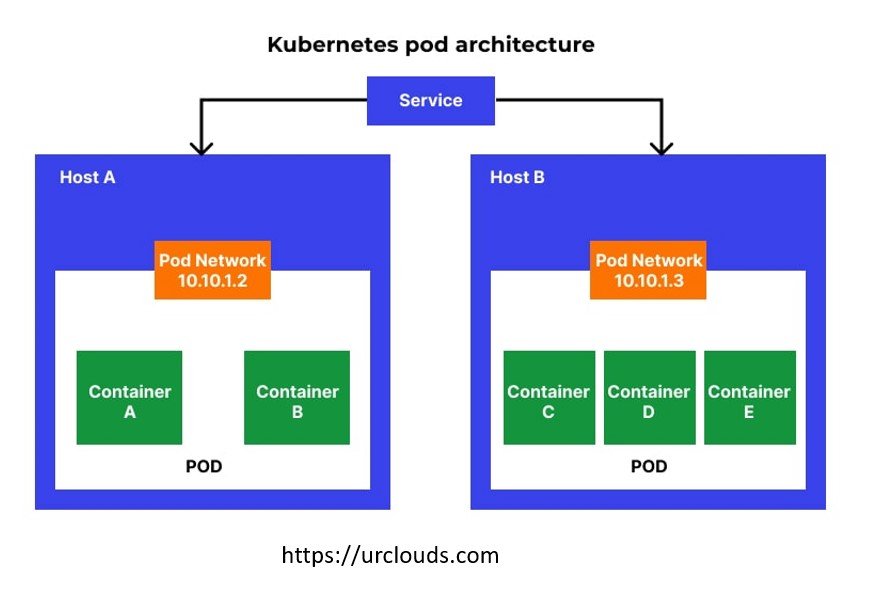Dear friend today we will see what is Kubernetes pod and why we use Kubernetes pod. So let’s start and see step by step these topics.
Kubernetes is a powerful container orchestration tool that allows you to deploy and manage your applications using containers. One of the key components of Kubernetes is the pod, which is essentially the smallest and most basic unit of deployment in Kubernetes. In this article, we’ll explore what a pod is, its key features, and why it’s essential for managing containerized applications.
What is Kubernetes Pod?
A pod is a logical host for one or more containers in Kubernetes. It’s the most fundamental unit of deployment, and it’s responsible for running a single instance of an application. A pod also provides the necessary environment variables, networking, and storage for your application to run correctly. For more details you can Click-Here

Why Use a Kubernetes Pod?
Before Kubernetes, container orchestration was not straightforward. Containers had to be manually deployed, scaled, and managed. This process was cumbersome and error-prone, and it often resulted in applications that were difficult to maintain and troubleshoot. It’s, on the other hand, simplifies this process by providing a unified platform for managing containers. A pod provides several benefits that make it an ideal choice for running containerized applications:
1. Isolation
Each pod is isolated from other pods in the system. This ensures that each pod has its own set of resources, which helps prevent resource contention and improves the overall performance of your application.
2. Scale
Pods can be easily scaled up or down depending on your application’s needs. This means that you can quickly adjust resources to ensure that your application is running efficiently.
3. Resource Sharing
Pods can share resources like volumes and network interfaces, making it easier to deploy multi-container applications.
4. Health Checking
Kubernetes includes built-in health checks for all pods. This means that if a pod fails, Kubernetes will automatically restart it.
5. Rolling Updates
Kubernetes supports rolling updates, which means that you can update your pods without any downtime.
How Does a Kubernetes Pod Work?
A pod is a wrapper around one or more containers running in Kubernetes. When you create a pod, you define the containers that will run inside that pod. The containers share the same network namespace and have access to the same shared volumes. The pod also creates a unique IP address and hostname, which allows it to communicate with other pods in the system.
When a pod is created, Kubernetes schedules it to run on a node in the cluster. You can configure this scheduling process to ensure that your pod runs on a specific node or set of nodes. Once the pod is scheduled, Kubernetes creates a container runtime environment for each container running inside the pod. This environment includes everything the container needs to run, including the container image, environment variables, and file systems.
Final thoughts
In summary, a Kubernetes pod is a fundamental unit of deployment for containerized applications in Kubernetes. It provides a simple, scalable, and reliable way to manage your applications, ensuring that they run efficiently and smoothly at all times. Whether you’re a developer or sysadmin, understanding how pods work is essential for mastering Kubernetes and building robust container-based applications.
If you want to see What is Kubernetes? and Architecture of Kubernetes then you can click on below link:-